





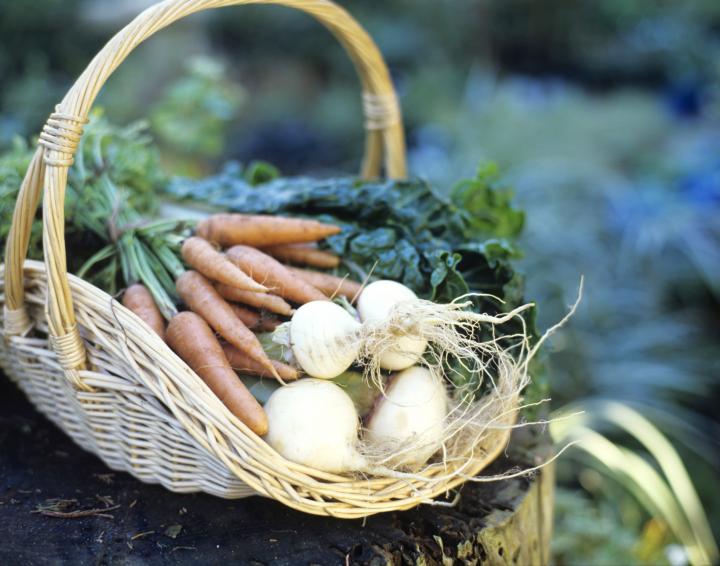 Photo by Thinkstock
Photo by Thinkstock
Grow a tasty vegetable garden this year! Here are the 10 easiest vegetable crops to start from seed instead of a transplant.
Why start plants from seeds versus buying plants? Here are three obvious reasons:
1. Seeds are much cheaper.
2. Seeds offer more variety than the small choice of options in a plant store.
3. Starting plants from seed give them a healthier start to life than having plants sitting in a store and having to get transplanted multiple times.
This is not a complete list, by any means, but here are some of the common vegetables that are easy to start from seed.
Bean plants thrive in warm, moist soil. Bush beans need no support. Pole beans do need to climb something, such as poles, strings, trellises, or tepees.
See How to Grow Green Beans
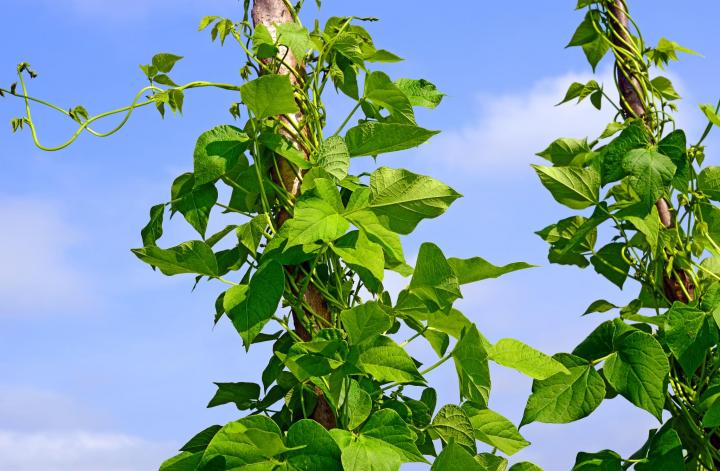
Photo credit: Smereka shutterstock
Beet roots will develop quickly and uniformly in loose soil, so before planting, work the soil to remove clumps and stones. If you prefer to harvest small beets, double the number of seeds per row; crowding results in small roots. A mix of seeds from red, yellow, and white beets will yield a variety of flavors and colors. Buy packets of mixed seeds or blend your own.
See How to Grow Beets
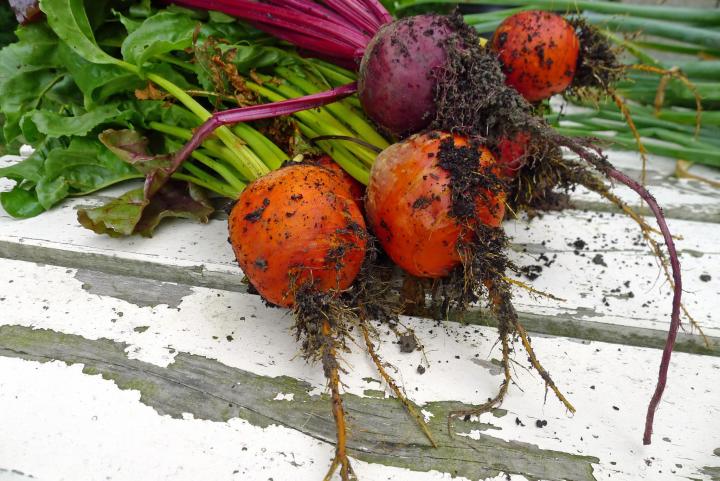
Photo credit: Anjo Kan shutterstock
Many beginners find their carrots are short and deformed. It’s important to provide well-drained, soft soil. Mix in some sand and really loosen it up. Also, it is essential to THIN carrot seedlings to the proper spacing so they’re not overcrowded. Be bold! Thin those seedlings if you want carrots to form properly.
See How to Grow Carrots
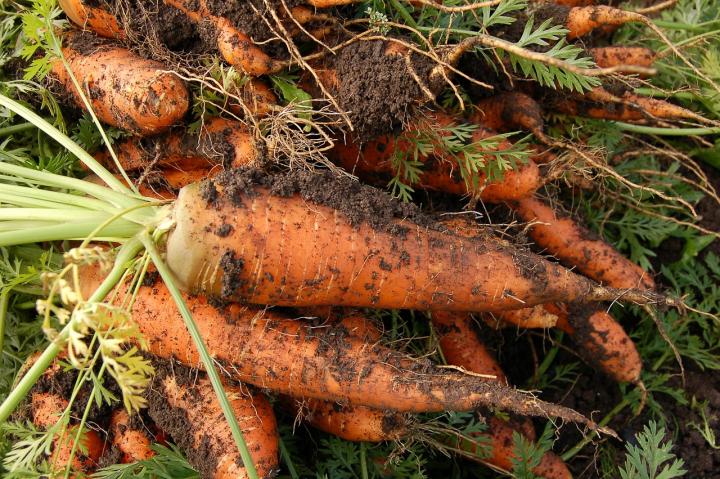
Prepare in advance for cucumbers; amend the soil with a fertilizer high in nitrogen and potassium to support the plant’s large yields. If possible, plant cucumbers in the sun next to a fence. The fence will serve as support for climbing and act as a shelter. Or plant them near corn. The corn will trap the heat that cucumbers crave and also serve as a windbreak.
See How to Grow Cucumbers
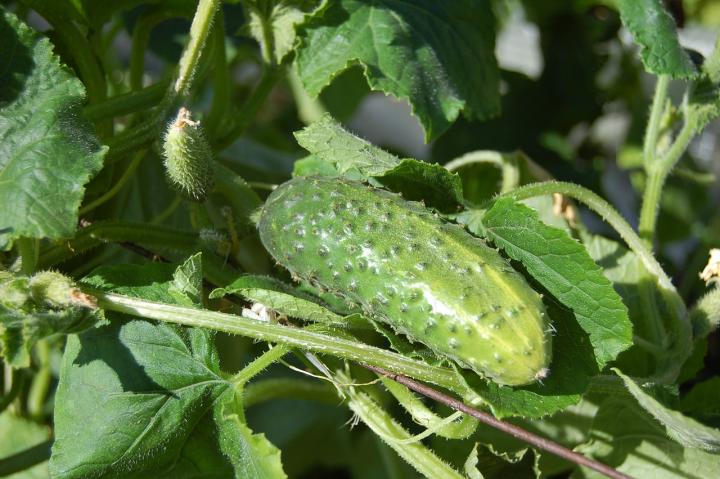
Supernutrious kale is an easy member of the cabbage family to grow. You can set out plants any time from early spring to early summer and kale will grow until it gets too hot. Plant again the fall, especially if you live in the south. Kale only gets sweeter in cold weather. Try kale baked, stir-friend, or steamed. Enjoy in salads, smoothies, omelettes, casseroles, or wherever you’d use spinach.
See How to Grow Kale
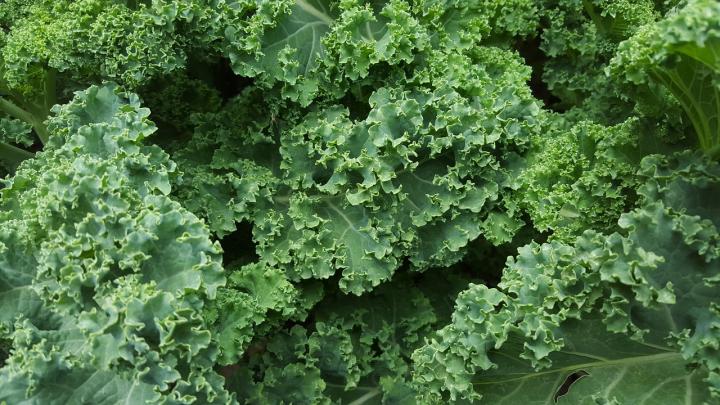
Lettuce is one of the few vegetables that does fine in some shade and, in extremely hot weather, prefers a shady respite. Lettuce growth slows in shade; it is also slower to go to seed, or “bolt.” If you want full heads of romaine and head lettuce to develop, thin them. Allow for 8 to 10 inches between plants. As you thin young plants, save the delicate small leaves for salads.
How to Grow Lettuce
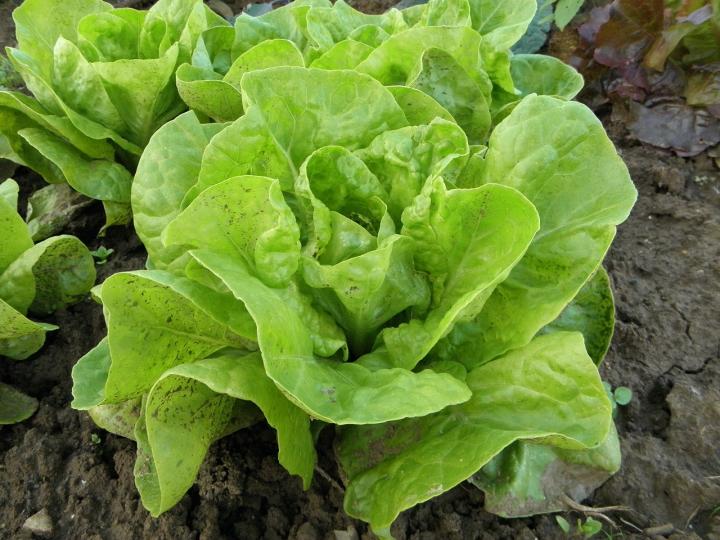
Plant peas as soon as the soil can be worked—2 weeks before the average last spring frost for your region, if possible. To harvest a continuous supply of peas during the summer, simultaneously sow varieties with different maturity dates. Then sow more seeds about 2 weeks later. Continue this pattern, sowing no later than mid-June.
How to Grow Peas
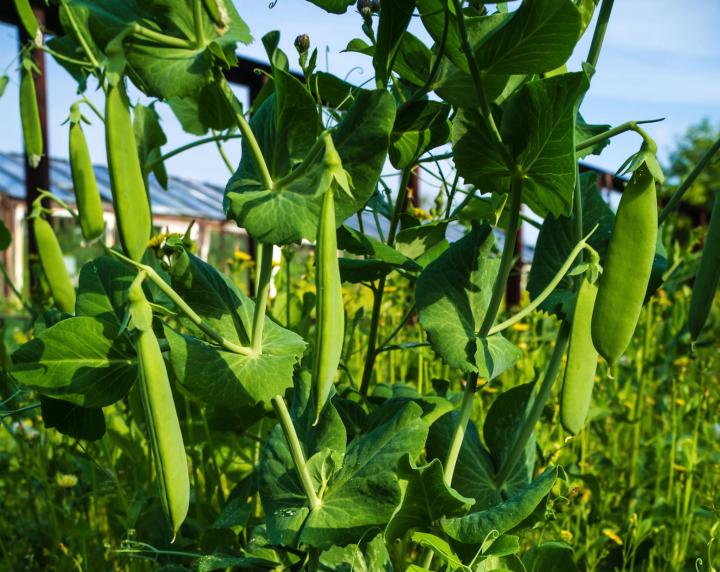
Photo credit: DigiCake shutterstock
Growing a pumpkin is easy and fun. Just give them need warm soil that’s rich in compost because they’re greedy eaters. Water often as they drink a lot, too. Plant seeds on a mound and give them plenty of room (3-foot diameter) for their vines to sprawl.
How to Grow Pumpkins
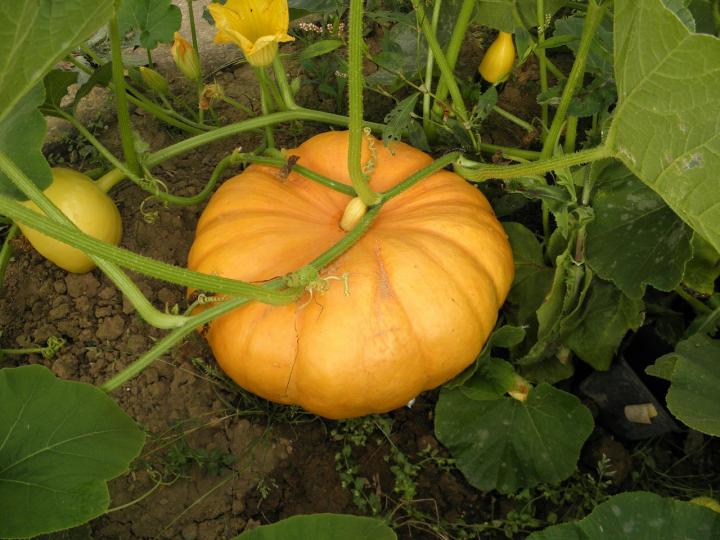
Radish seeds are natural companions to carrots. Mix radish seeds with carrot seeds before you sow, especially if your soil tends to develop a tough crust. Radish sprouts will push up through the soil, breaking it up for the later-sprouting carrots. As you harvest the radishes, the carrots will fill in the row.
How to Grow Radishes
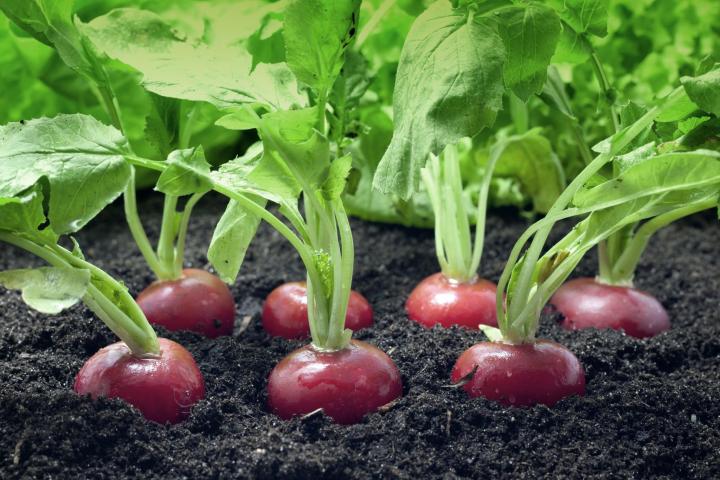
Photo credit: Udra11 shutterstock
Like pumpkins, squash and zucchini also like well-composted soil and need plenty of space (3 to 6 feet apart, warm soil, and lots of sun. Always water at the soil level, not the leaves to avoid powdery mildew. Soon enough, you’ll have so many zucchinis, you’ll be leaving them on people’s doorsteps!
How to Grow Squash and Zucchini
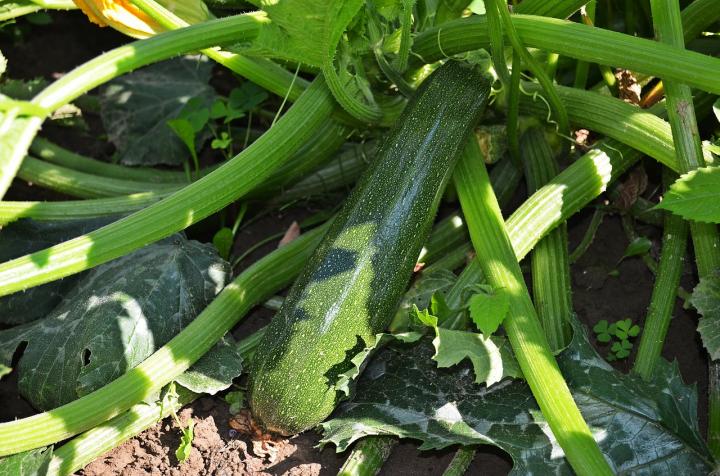
Access ALL our plant growing guides.
And now that you know which seeds are easiest to grow, see our Tips to Starting Seeds Indoors.
Copyright © www.100flowers.win Botanic Garden All Rights Reserved